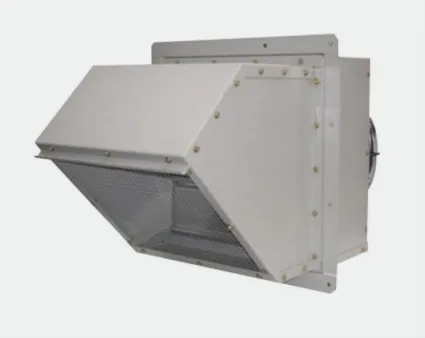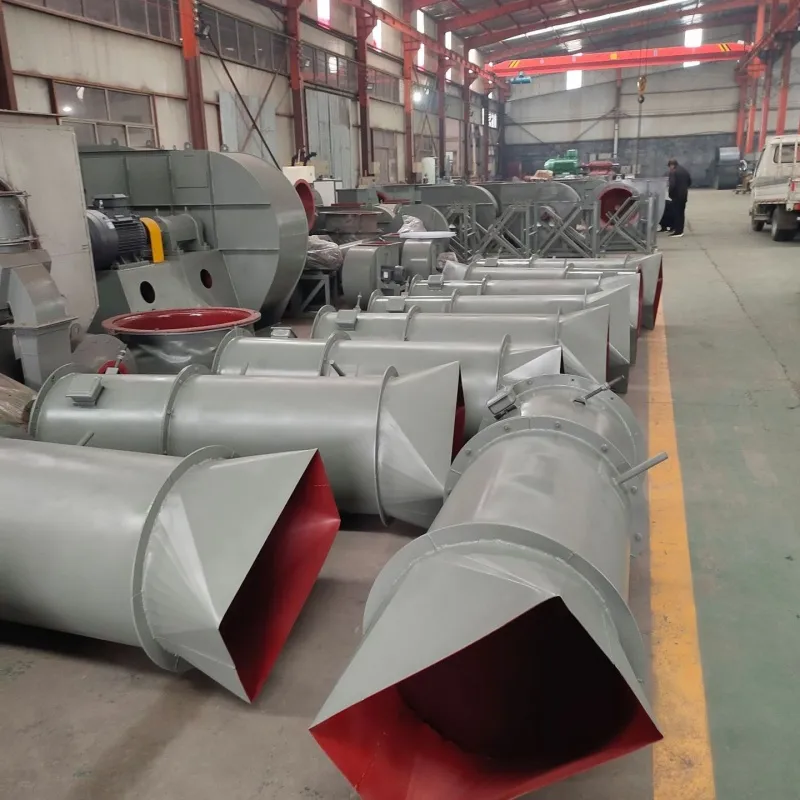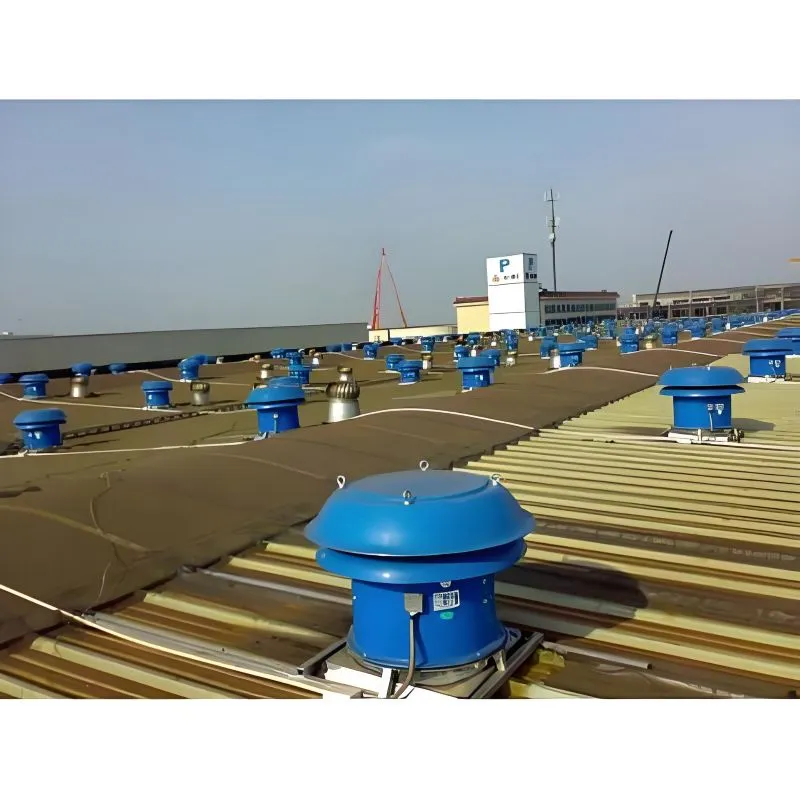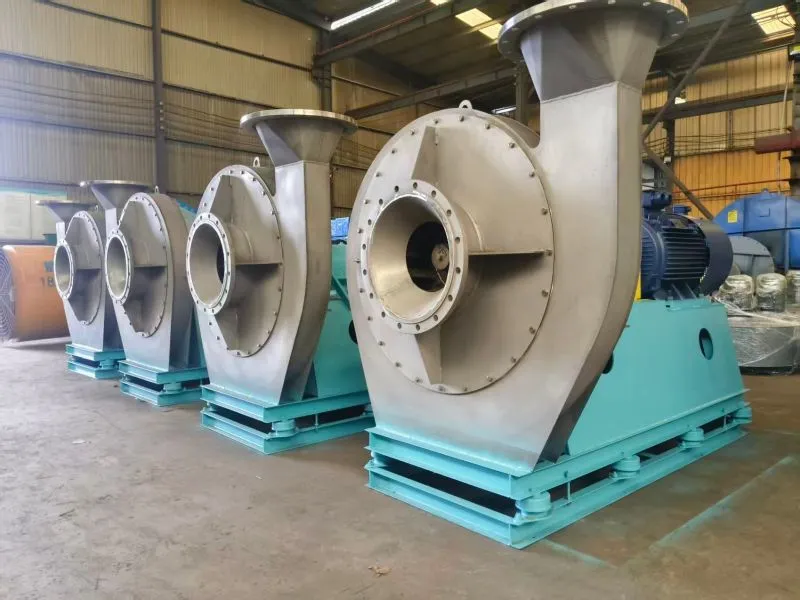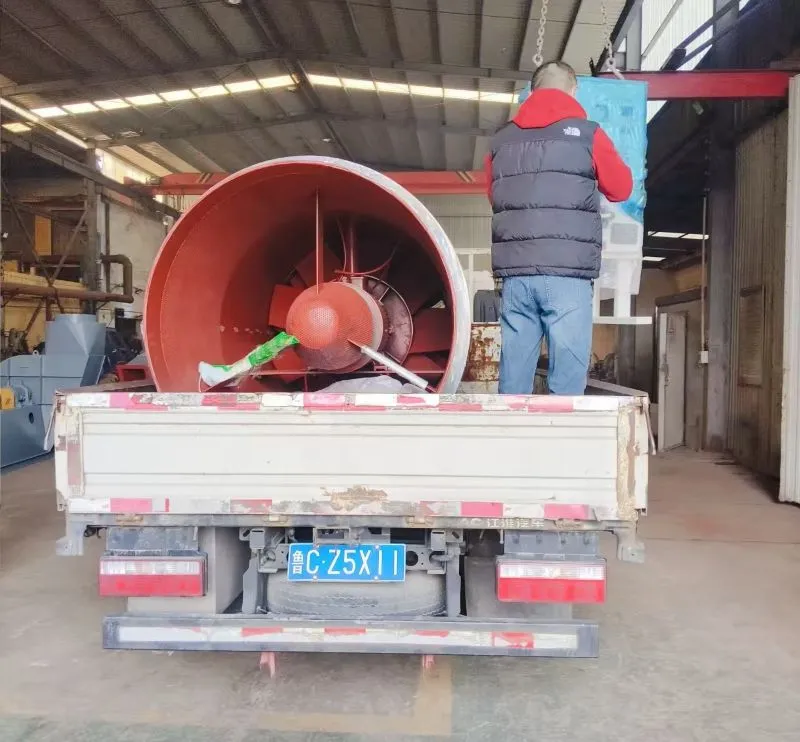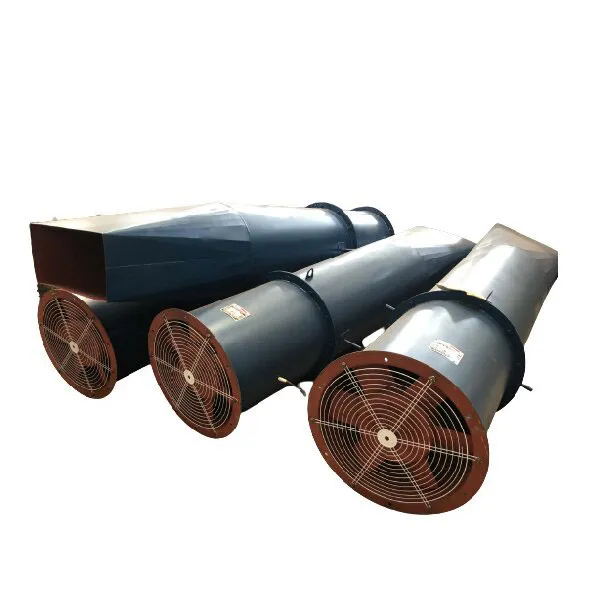Дизајн и материјал кућишта центрифугалног вентилатора значајно утичу на његову ефикасност и одрживост. Међутим, у индустрији често постоји неспоразум да се одрживост односи само на уштеду енергије током рада. Али постоји још много тога што треба узети у обзир — материјали за производњу, животни век, могућност рециклирања, па чак и утицај на транспорт. Пошто смо радили са разним решењима, хајде да откријемо ове елементе и видимо како они заиста утичу на утицај на животну средину.
Улога материјала
Одабир правог материјала за кућиште центрифугалног вентилатора је кључан. Не ради се само о издржљивости; укључује баланс—проналажење материјала који обезбеђују дуговечност док су еколошки прихватљиви. По мом искуству, нерђајући челик се често појављује као добар избор. Упркос томе што је интензиван за производњу, нуди издржљивост и могућност рециклаже која надокнађује почетне еколошке трошкове. Открили смо да је коришћење материјала као што су полимери високе густине, који су лакши, али робусни, значајно смањило емисије из транспорта.
Када су радили на пројекту са Зибо Хонгцхенг Фан Цо., Лтд., њихов фокус на материјале отпорне на корозију био је просветљујући. Ови материјали продужавају животни век вентилатора у тешким окружењима, смањујући потребу за заменама и накнадним отпадом. Они пружају импресиван асортиман дуваљки, више од 50 серија ако меморија не служи исправно, омогућавајући прилагођавање решења која побољшавају и одрживост и перформансе.
Фасцинантно је како композитни материјали постају све присутнији – обећавају смањену тежину и потенцијал за рециклажу, иако процеси рециклаже композита и даље сустижу метале. Иновација у овој области обећава, али захтева пажљиву процену животног циклуса.
Мануфацтуринг Фоотпринт
Производни процеси су подједнако утицајни. Ефикасност производње, управљање отпадом и емисије током производње су кључни фактори. Зибо Хонгцхенг Фан Цо., Лтд., на пример, направио је значајан напредак у поједностављивању својих процеса како би се ускладили са протоколима зелене производње, што није увек лак подвиг у тешкој индустрији.
И сами смо имали изазове приликом имплементације енергетски ефикасних пракси у производним линијама. Почетна инвестиција може бити застрашујућа. Међутим, оно што се често занемарује јесте да ове инвестиције увек доводе до нижих оперативних трошкова и одрживијег животног циклуса производа.
Ажурирање опреме и усвајање најсавременијих технологија, попут 3Д штампања за одређене компоненте, помогли су да се значајно смањи производња отпада — то је део еволуције ка паметнијој производњи која штеди ресурсе.
Дизајн за рециклирање
Дизајн игра значајну улогу—инжењеринг производа из темеља имајући на уму одрживост. За центрифугалне вентилаторе, ово значи да се разматра одлагање на крају животног века од почетка процеса пројектовања. Модуларност овде може бити посебно ефикасна. Омогућава да се компоненте замене, поново користе или рециклирају, што може имати значајан утицај на одрживост.
Сећам се специфичног случаја где су модуларни дизајни на локацији клијента преведени у лакше одржавање и мање застоја. Могли би заменити оштећене компоненте вентилатора без одбацивања целих јединица, што не само да је смањило отпад већ и оперативне трошкове.
Предности оваквих дизајна сежу даље од само еколошких; они представљају економске предности за кориснике, често доводе до дужег коришћења производа и рјеђег ажурирања, што је у ствари сценарио за који сви добијају.
Оперативна ефикасност
Кућиште центрифугалног вентилатора утиче на ефикасност — критичан фактор пошто оперативни трошкови и потрошња енергије значајно доприносе утицају вентилатора на животну средину. Добро дизајнирано кућиште минимизира отпор протока ваздуха, чиме се побољшавају перформансе.
Док је био у компанији Зибо Хонгцхенг Фан Цо., Лтд., било је јасно да њихов нагласак није био само на стварању јаких навијача већ на томе да их натерају да раде интелигентно и ефикасно. Ефикасан вентилатор не само да испоручује потребну излазну снагу са мање енергије, већ у одређеним моделима нуди функције прилагодљиве контроле које реагују на динамичке услове окружења.
Постојао је случај када је оптимизација путева протока ваздуха вентилатора резултирала приметним падом потрошње енергије, што је било нешто што је требало да буде истакнуто у нашим праћењем и извештајима да бисмо приказали одрживост на делу.
Транспорт и логистика
Често се занемарује улога транспорта и логистике у профилу одрживости навијача. Смањење тежине кућишта вентилатора може имати значајне импликације, посебно при међународној испоруци. Мања тежина је једнака мањој потрошњи горива, што доприноси нижој емисији угљеника.
Логистичке стратегије, као што су паковање са материјалима који се могу рециклирати и оптимизација простора, такође могу направити разлику. На неколико локација, смањење тежине паковања је такође смањило трошкове транспорта, наглашавајући економске подстицаје који стоје иза одрживих пракси.
Ова разматрања су критична на данашњем тржишту – купци све више цене транспарентност и посвећеност одрживости, доводећи у питање чак и логистику укључену у испоруку производа.









